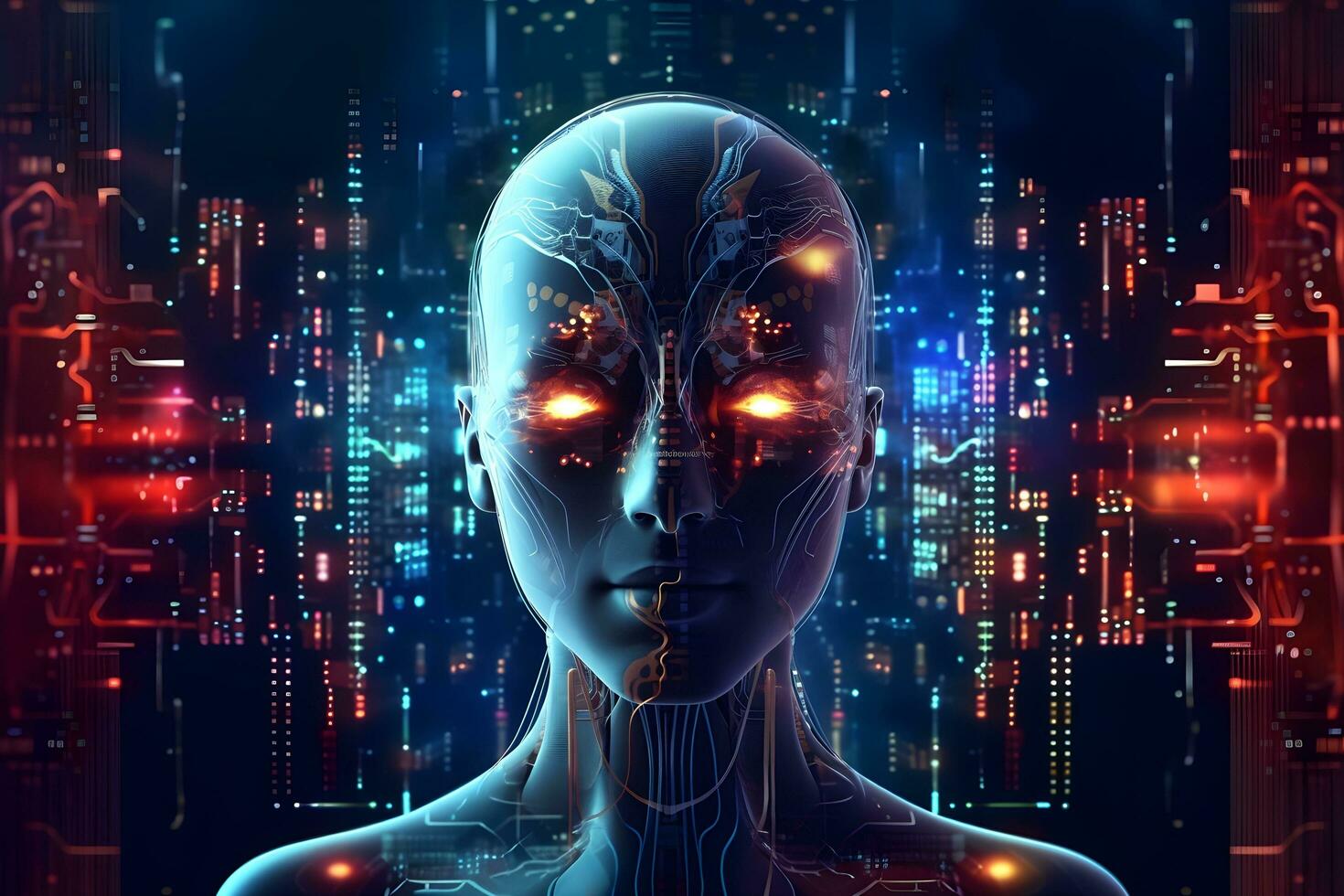Introduction
In an era where technological advancements continually redefine the boundaries of possibility, the emergence of AI-generated imagery has sparked a profound ethical discourse. The utilization of artificial intelligence to fabricate realistic images has raised pertinent concerns, particularly when it intersects with sensitive domains such as religious or influential figures. This article delves into the ethical quandaries surrounding the creation and dissemination of AI-generated imagery, focusing on instances involving revered figures like the Pope.
The Rise of AI-Generated Imagery
Advancements in machine learning and generative adversarial networks (GANs) have empowered AI systems to craft incredibly convincing images that are nearly indistinguishable from reality. This technology, while harboring tremendous potential in various domains, also harbors a dual-edged sword. The ease with which fabricated content can be created poses significant challenges in discerning authenticity from artifice.
Ethical Concerns in AI-Created Imagery
The ethical implications of AI-generated imagery extend beyond mere technological prowess. At the core lies the issue of consent, especially concerning public figures whose likeness is exploited without authorization. Religious figures, such as the Pope, embody spiritual significance for millions worldwide. Creating fabricated imagery involving such revered figures raises questions about respect for religious sentiments and cultural sensitivities.

Respect for Religious and Cultural Boundaries
When AI-generated imagery intersects with religious figures, it becomes imperative to gauge the impact on religious sentiments and beliefs. The portrayal of religious leaders in manipulated contexts may inadvertently offend devout followers and undermine the sanctity associated with these figures. Moreover, the misrepresentation of influential personalities could sow seeds of misinformation, leading to misunderstandings or conflicts.
The Role of Integrity and Misinformation
The proliferation of AI-generated imagery presents a labyrinth of misinformation. Images, once regarded as evidence, can no longer be incontrovertibly trusted. This challenges the very fabric of truth and authenticity in a society heavily reliant on visual evidence. The manipulation of images portraying influential figures like the Pope blurs the line between reality and fabrication, jeopardizing the integrity of information dissemination.
Legal and Regulatory Ambiguities
The legal landscape surrounding AI-generated imagery remains murky. While some jurisdictions might have laws governing image manipulation and misrepresentation, the rapid evolution of AI often outpaces regulatory frameworks. As a result, the accountability and liability of those generating and disseminating such imagery remain ambiguous, leaving a void in legal recourse for affected parties.

Mitigating Ethical Concerns
Addressing the ethical concerns associated with AI-generated imagery necessitates a multi-pronged approach. First and foremost is the cultivation of ethical standards within the AI community. Researchers and developers must prioritize responsible AI usage, advocating for transparency and ethical guidelines governing the creation and dissemination of AI-generated content. Additionally, fostering digital literacy and critical thinking among the populace becomes imperative. Educating individuals about the capabilities and limitations of AI technology enables a more discerning approach to consuming visual content, thereby reducing susceptibility to misinformation.
Conclusion
The emergence of AI-generated imagery beckons society to recalibrate its ethical compass. In the context of religious or influential figures like the Pope, the ethical concerns transcend technological marvels; they intersect with cultural, religious, and moral boundaries. Upholding respect for religious sentiments, preserving the integrity of information, and fostering ethical awareness within the AI ecosystem are pivotal steps toward navigating the intricate ethical landscape surrounding AI-generated imagery. As we navigate this uncharted territory, a collaborative effort encompassing technological innovation, ethical considerations, and societal consciousness remains imperative to navigate these uncharted waters responsibly.




